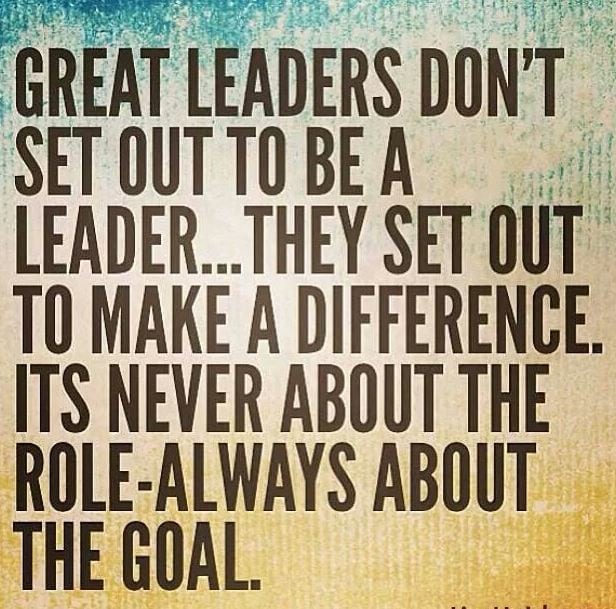More power to Minister Dutton, What could go wrong?
June 13, 2017
What homeless people really need is a home, not a clean shirt or bowl of soup
June 20, 2017Six of the key issues of greatest concern for Aboriginal people are complex and inexorably intertwined – so much so that government, researchers, policy makers, along with Aboriginal leadership seem hamstrung by the enormity. It is impossible to isolate just one issue as being the worst.
Health, housing, education, mental health, under-employment, over-incarceration, suicide. All wicked complex problems that are inextricably linked. Trauma is the legacy of the colonial enterprise for Australia’s First Peoples. Solutions won’t come easily: part of the answer is in Uluru – voice, treaty and truth. In reality they are not big asks.
Poorer health
There have been strides made on the part of many Aboriginal communities to improve education around health issues, but despite these improvements, Aboriginal people remain at higher risk for illness and earlier death non-Aboriginal people. Chronic diseases such as diabetes and heart disease are on the increase. There are definite links between income, social factors and health. There is a higher rate of respiratory problems and other infectious diseases among Aboriginal children than among non-Aboriginal children – inadequate housing and crowded living conditions are contributing factors.
Lower levels of education
Colonialism accounts for many bitter, demoralizing legacies, the most pervasive of which is education – the root of this particular legacy is intergenerational trauma and dislocation as a result of child removal policies and practises.
Inadequate housing
The inadequacy of housing for Aboriginal and Torres Strait Islander people has been widely acknowledged. ‘Adequacy’ of housing includes quality of basic services, materials, facilities and infrastructure; habitability; affordability; accessibility; legal security of tenure; and location and cultural adequacy.
Higher rates of unemployment
Aboriginal peoples have historically faced higher unemployment rates than non-Aboriginal people.
Higher levels of incarceration
In the twenty-six years since the report of the Royal Commission into Aboriginal Deaths in Custody was tabled in the Parliament of Australia, the proportion of the prison population that is Indigenous has doubled. Indigenous Australians are dramatically over-represented in the criminal justice system, in each state and territory. While Indigenous people represent only 3 per cent of Australia’s total population, they make up more than 27 per cent of our prison population and 55 per cent of the youth detention population.
Higher rates of suicide
And the most tragic of all is the higher rate of suicide among both Aboriginal adults and young people.
Solutions won’t come easily: part of the answer is in Uluru and three themes have emerged: Voice, Treaty and Truth.
In reality they are not big asks.



